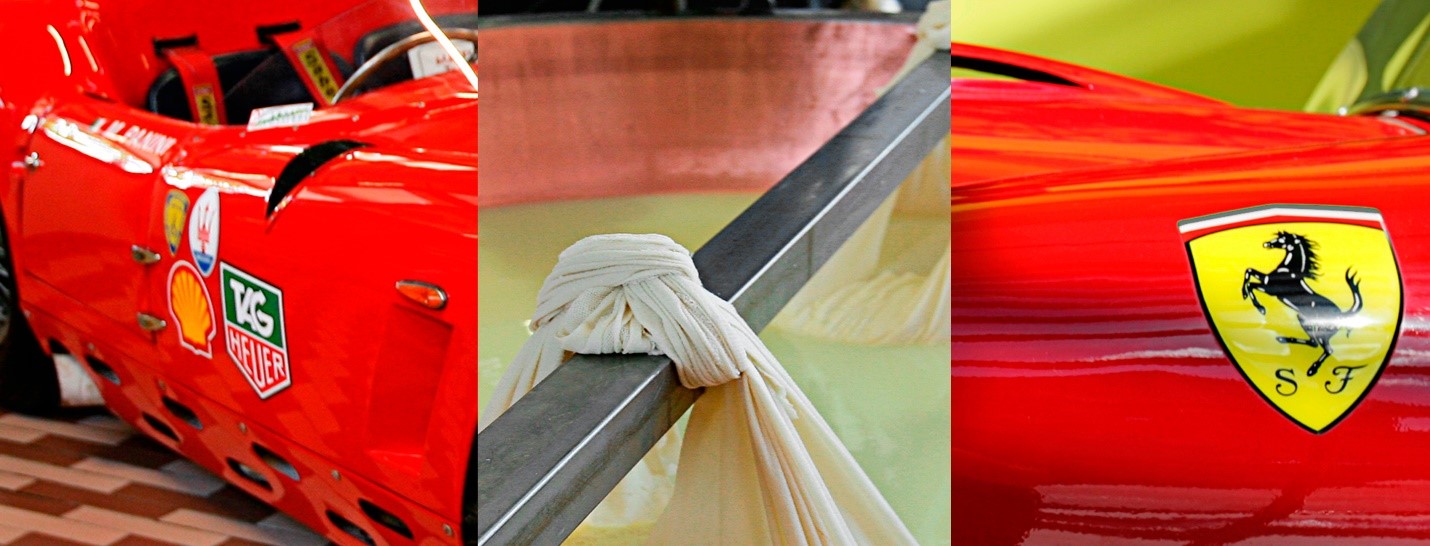
It will be the air of the Emilia region, it will be the green pastures, it will be the land, so luxuriant and rich, it will be the characters of these people, peasants in the soul and custodians of ancient traditions, but one thing is certain: Parmigiano Reggiano is born in this small strip of territory, so dear to us for it is here that the most beautiful cars in the world are born.
In reality, everything that is gastronomy in this Region is absolute excellence: just remember the tortellini (to be eaten with broth, even in Mid-August), the balsamic vinegar, the Culatello of Zibello, the "poor" tigelle, Parma ham and all that is tradition to make our mouth water. Did you get hungry? I see.
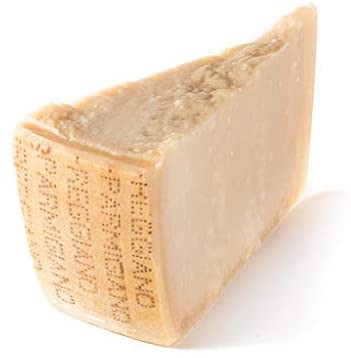
And for this very reason we will talk here, lightly, of Parmigiano Reggiano precisely, starting with a piece of advice: a trip to Maranello, with a visit to the museum, a look at the Fiorano track, at the structure of the Scuderia, that is the Squadra Corse Ferrari (from the outside if you are not lucky) and then, before or after a stop in one of the many restaurants in the area, find half an hour to visit one of the many dairies that produce the best and most imitated cheese on the planet.
The visit, which it is advisable to book with a minimum of anticipation, will allow you to understand why here, in Emilia, everyone feels they are the custodians of these important traditions: at the base of everything is the work. Better, is the commitment, the passion and the desire to "do well”. And the pride of being part of this territory in an active way.
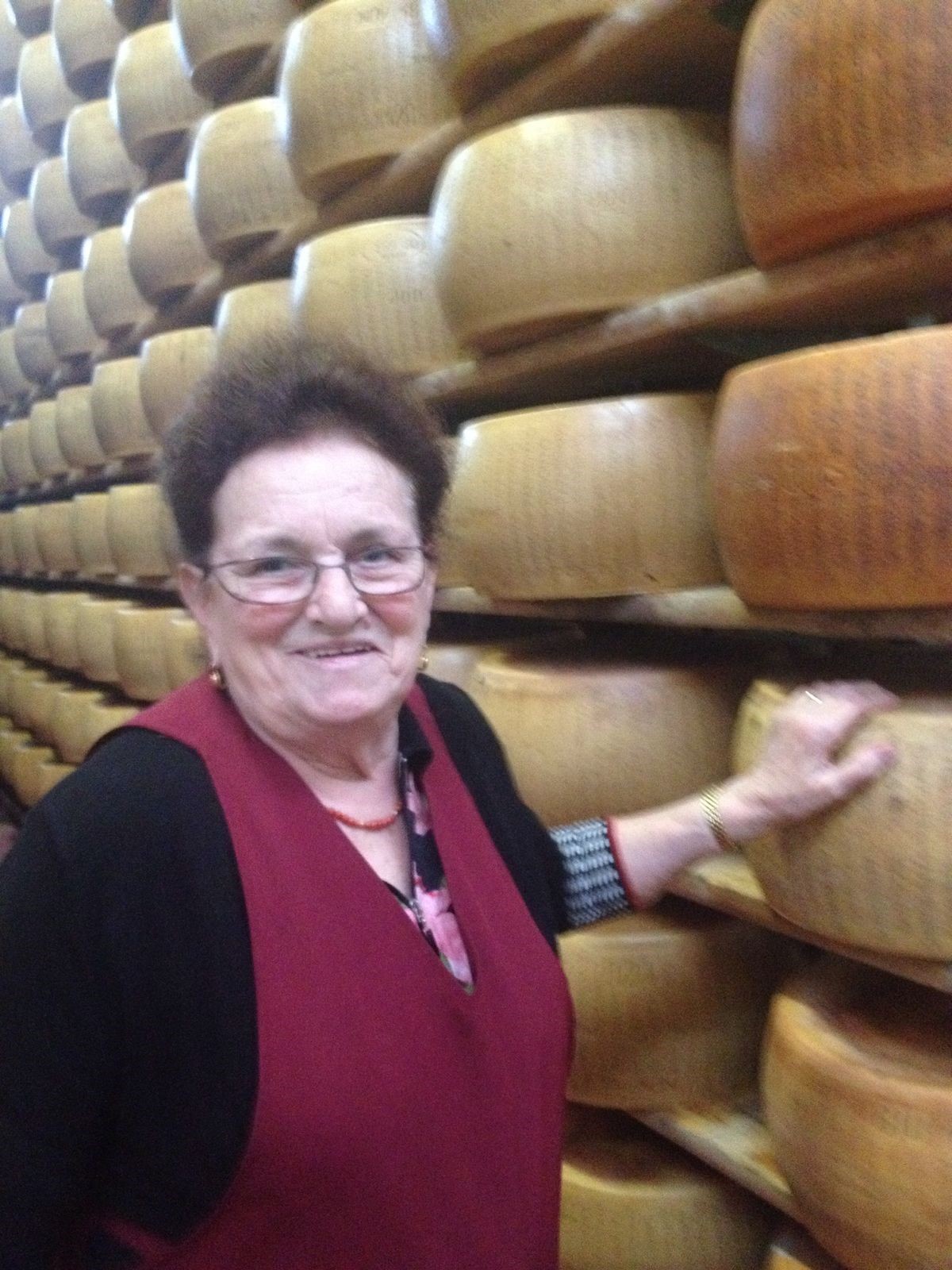
The dairy that might do the trick is the ancient Moscattini Farm in Formigine, in via Viazza di Sopra n. 48 (a few hundred meters from Ferrari). Here the tradition is kept up to date thanks to the commitment of the whole Moscattini family who have adopted or renewed the few pieces of equipment present to keep up with the times, optimizing costs and with the workers who live the company as if it were their own, remaining however faithful to production protocols, extremely rigid and always controlled by inspectors who make quality their only goal. The Disciplinary of the Consortium is in fact the "gospel" and nothing is left to chance.
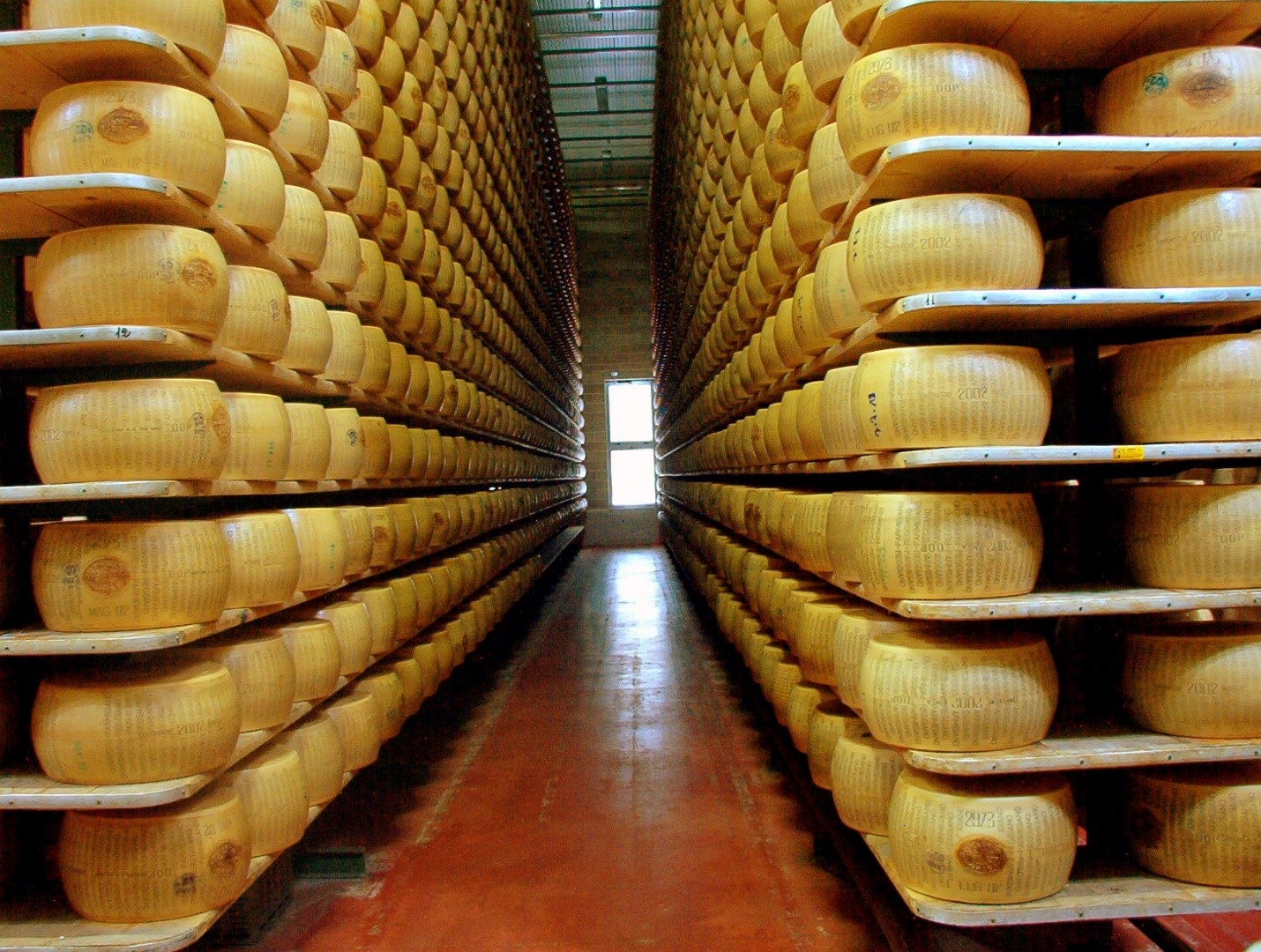
The inverted bell shaped copper boilers are filled with selected and exclusively locally produced milk (550 liters of milk are required for each wheel!) with the addition of rennet and whey. The operation is the exclusive work of the Master Casaro who uses an ancient instrument, the Spino, to obtain small granules. We then move on to the fire: cooking takes place at a temperature of 55 degrees for about 50 minutes, at the end of which 2 waxy masses are obtained which will become as many wheels of Parmigiano Reggiano after they are modeled by the "fascera" (the instrument that gives the shape typical of Parmigiano Reggiano). Weight and "caliber" are unique, with a very minimal tolerance and which will vary only according to the seasoning.
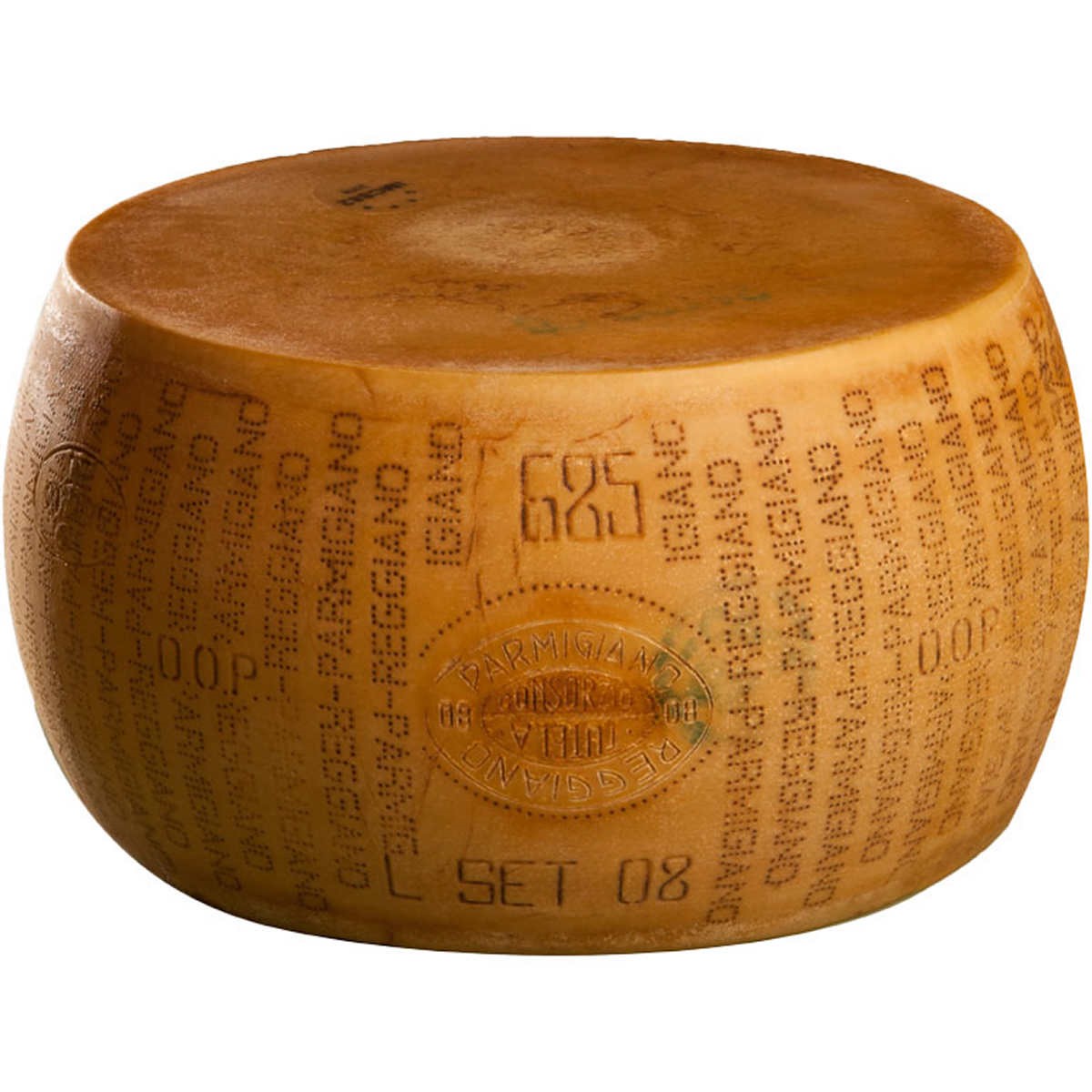
At this point a progressive alphanumeric code is assigned to each wheel which, in fact, is a real Identity Card, making it possible to identify the origin of each single wheel, with month and year of production, badge number of the production Dairy and, finally, the unmistakable in dots writing along the entire circumference.
After a few days each wheel is immersed in a solution of water and salt to acquire the right salinity by osmosis.
Thus begins the aging period which, as reported in the Disciplinary, goes from a minimum of 12 months to 24, 36, 40 months and beyond.
After the first 12 months, each wheel is examined individually. This operation, called expertization, consists of a visual check and a beating with a special hammer: if it passes the exam, the wheel is fire-branded and becomes to all effects "chosen" Parmigiano Reggiano.
The "Export" qualification is recognized after a minimum seasoning of 18 months and being "sperlato chosen" while the "Premium" brand is awarded after a minimum of 24 months and, in addition to the characteristic of "sperlato chosen", must pass an organoleptic test.
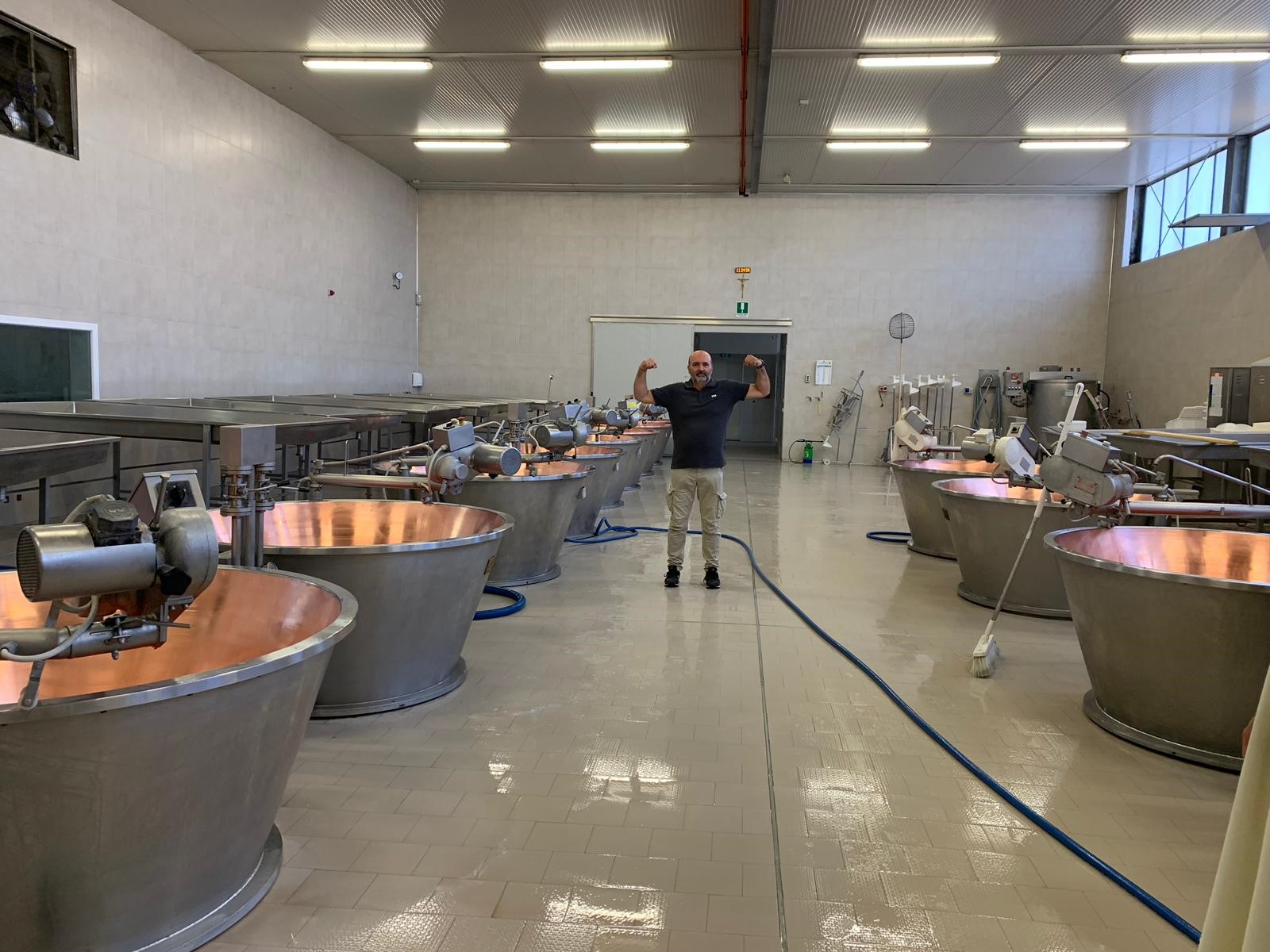
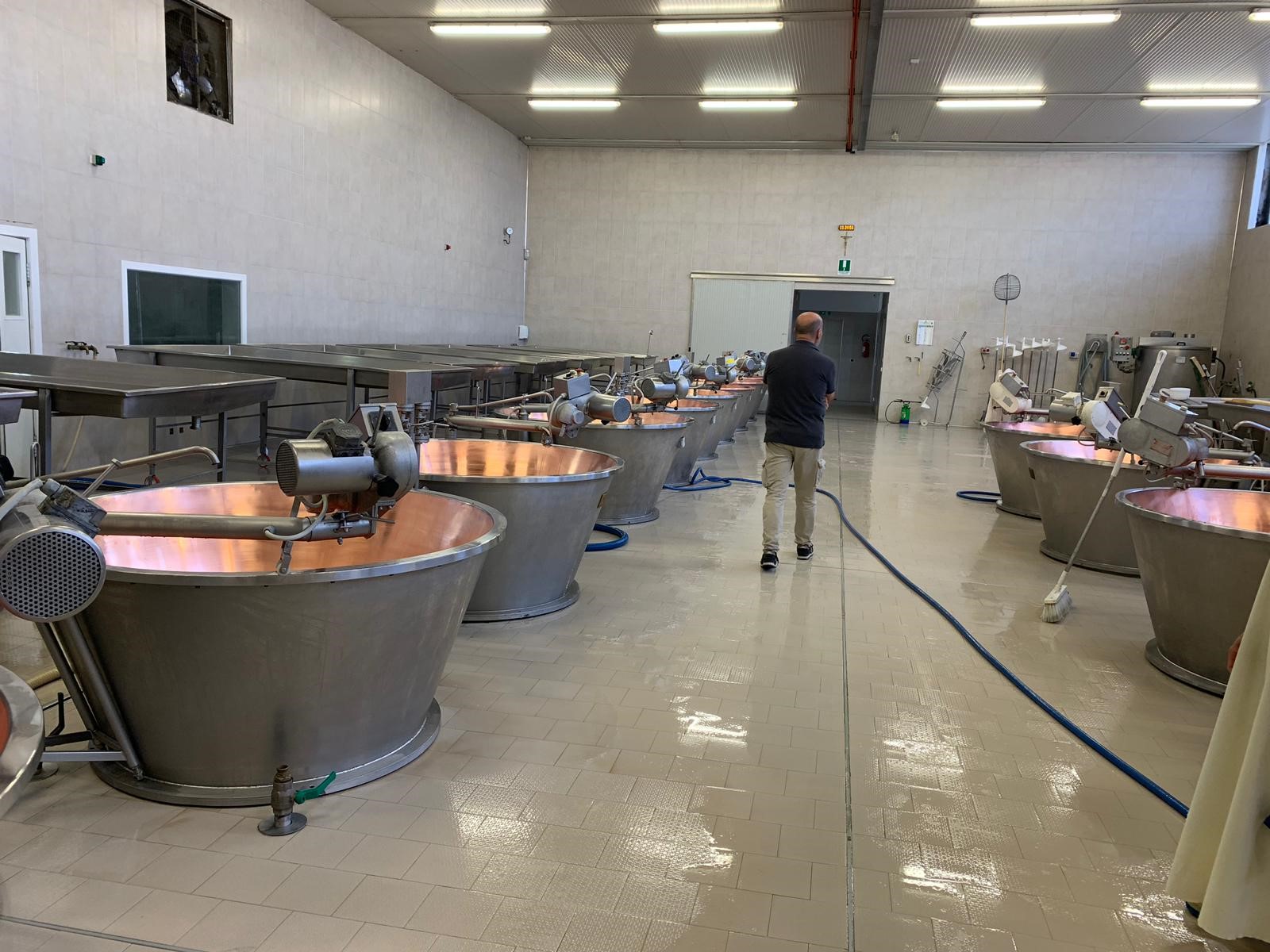
Alberto Galassi and his beloved Parmigiano Reggiano.
However, this is not enough! In fact, the quality of the milk, the breed of the cows that produce it and the altitude of the pastures make the number of variations almost infinite. Whether they are Modenese White, Italian Frisian, Brown or Red Cows, each production varies from the others and even the taste is affected. From 12 to 19 months the flavor is delicate, from 20 to 26 it is harmonious, from 27 to 34 it is aromatic, from 35 onwards it is intense. And, since 2013, there is also the "Mountain Product" classification for the wheels produced with 100% milk from mountain pastures, at least 60% of the feed from mountain pastures, seasoning at high altitude and final evaluation by a tasting group of experts. Easy, right?
And the wheels that have some defects, you’ll ask me, what will become of them? The few are classified as "mezzane": the trademark and stamping are removed and they are "marked" with parallel incisions to be easily identifiable. The product is very often of high quality and is consumed mainly by the locals; given the low quantity, it is not convenient to distribute it.
A negligible quantity takes the name of "bleached cheese" and it is the one that has defects of a certain importance. The rind is milled and it loses the Parmigiano Reggiano denomination.
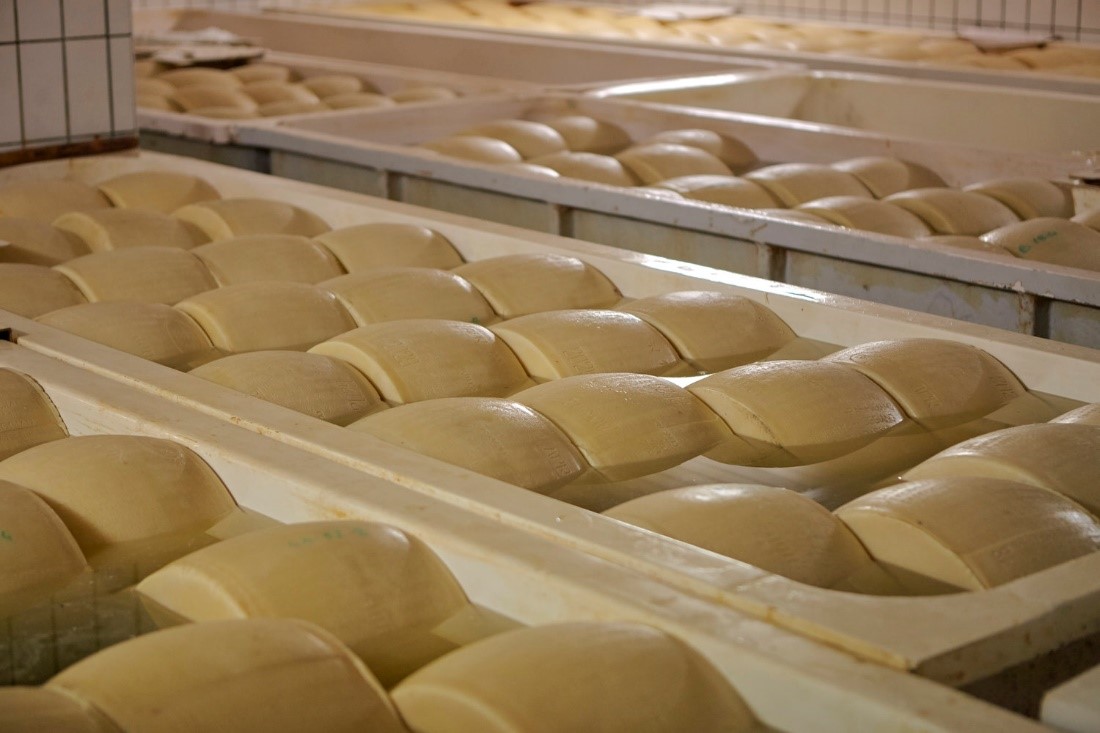
The Moscattini Farm also has an outlet, that is a real shop with an adjoining fresh pasta laboratory, where you can find many of the products of their production (the wheels that are more than 36 months old are almost always only in storage as they remain there to mature but they are already sold) so keep this in mind and show up with an empty trunk, they will take care of filling it up: it's worth it, you have my word!
By Alberto Galassi
Videos


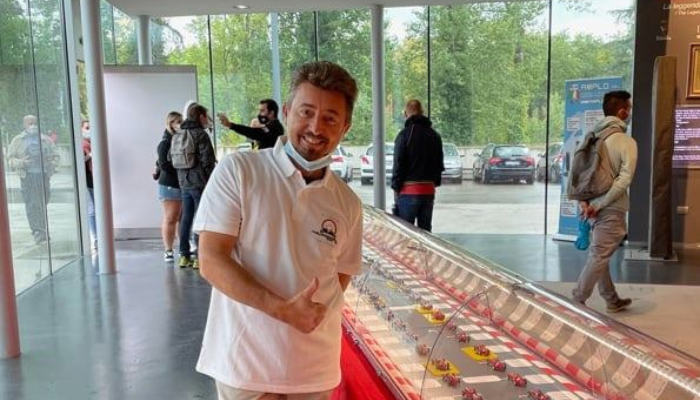
Comments
Authorize to comment